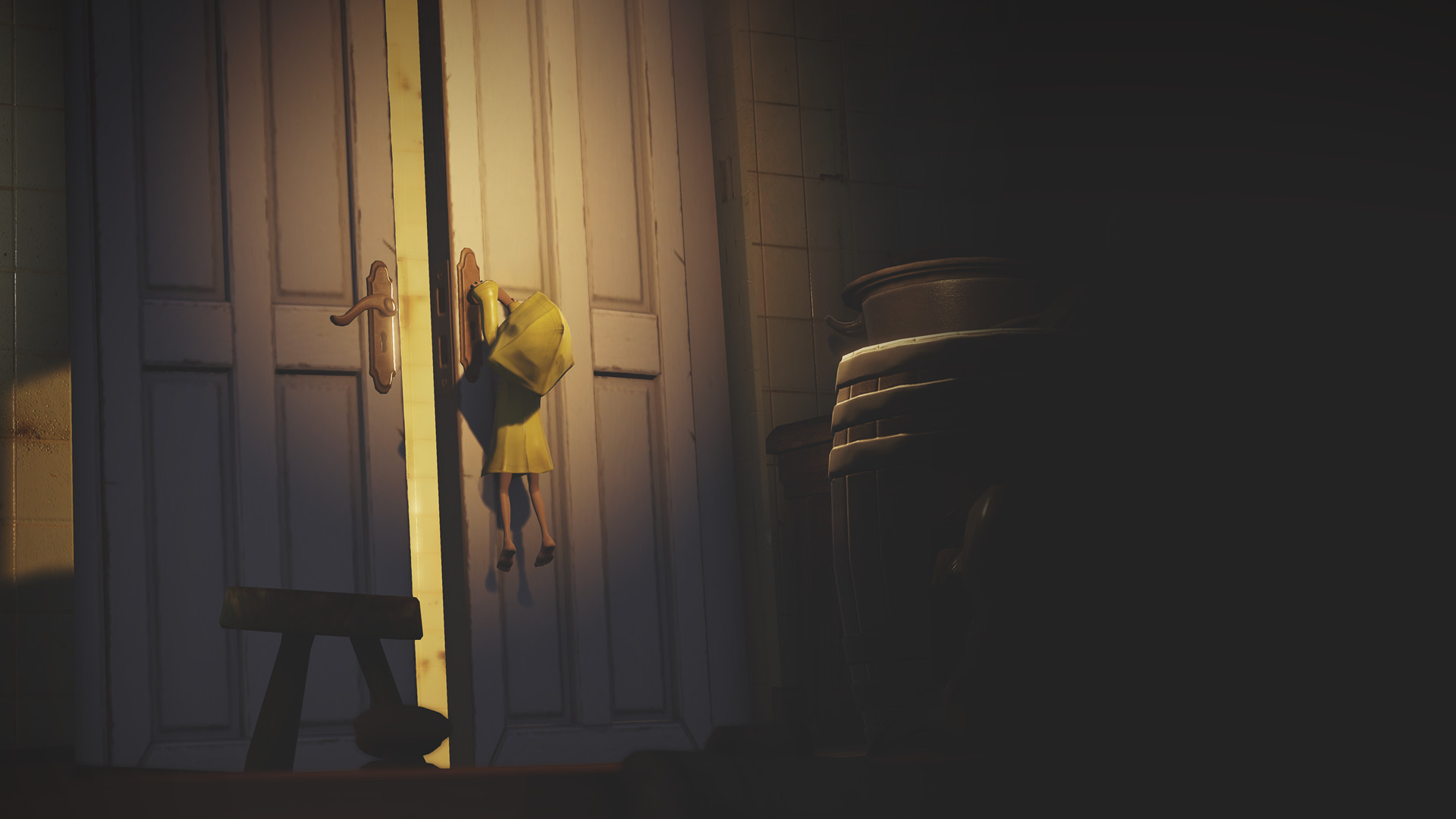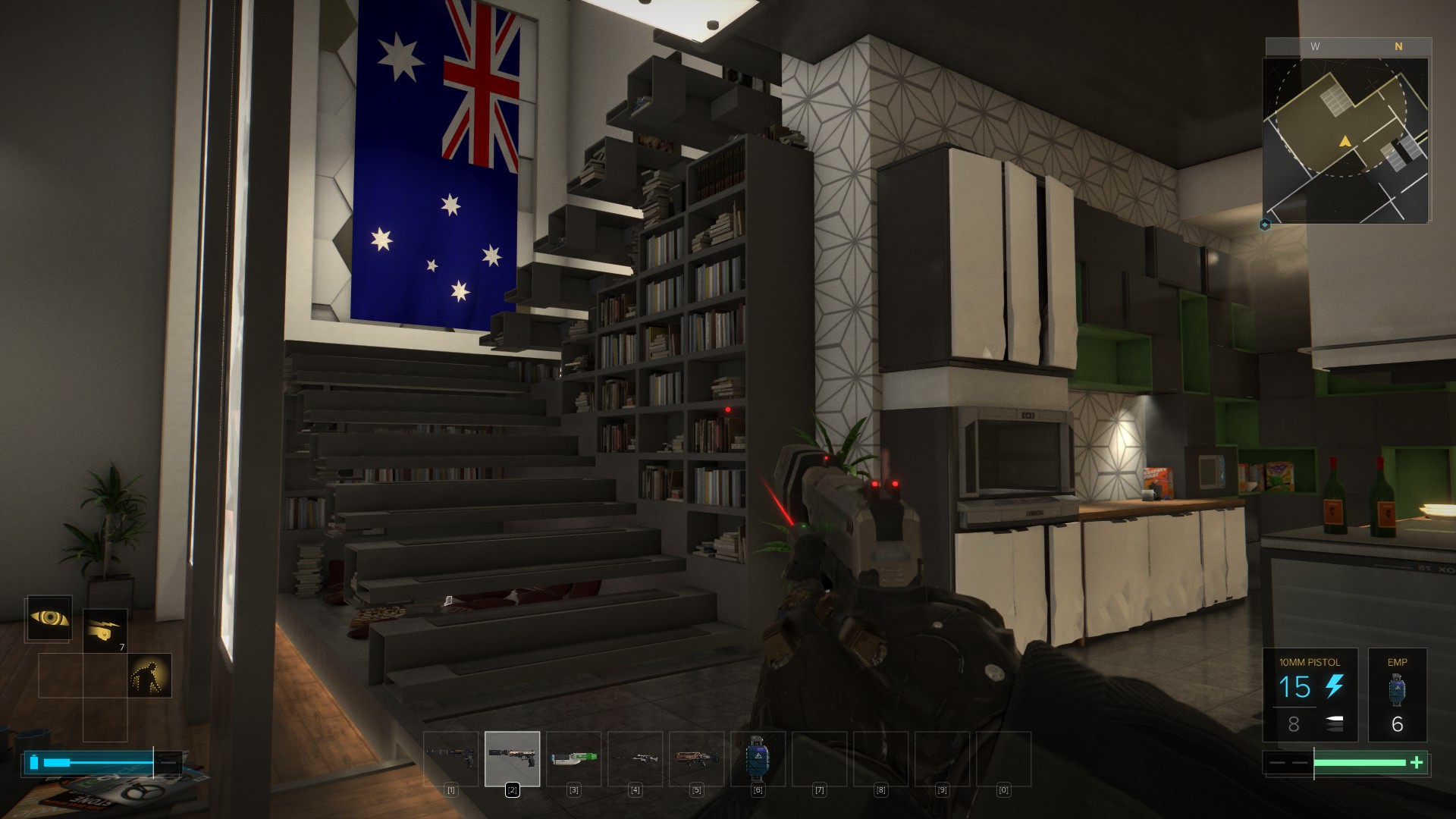Recently, the word “narrative” has become increasingly common. Especially in the gaming sphere. Screenwriters and “narrative designers” are very much expected here. Who are they, — says the HSE lecturer and co-founder JustForward.co Konstantin Sakhnov.
The Little NightmaresThe material was prepared based on the lecture “The working day of a narrative designer”.
Konstantin SakhnovNarrative Designer
I’ll start by saying that the narrative grew out of game design.
And to figure out who a narrative designer is, you first need to focus on who a game designer is.
- A game designer is a generalist who thinks through game logic, game cycles, writes design documentation and often distributes tasks throughout the team.
Keep this in mind and move on to another concept.
- A narrative designer is a specialist who understands game design, who can reveal the plot and convey ENT through game mechanics (including inventing new ones).
At the same time, he may not be engaged in the plot itself, because this is a separate position.
- The screenwriter is a specialist on the project who prescribes the plot exclusively by text.
Please note: the key difference between a narrative designer and a screenwriter is in the tools. The first one tells, perhaps, even a ready-made story of the “toolzami” of the game designer (through balance, environment study, combat system, and so on). The second one mainly writes the text for the game (including the plot, dialogues, descriptions, etc.).
Narrative Tools
Text
A working and very common tool. For example, in Dishonored, a lot about the world is served through notes.
Dishonored
But text is the worst narrative tool.
The main reason is that only 10% of players are ready to read. Most users skip texts.
Naming
Another narrative tool that often relies on text. As can be understood by the name, it can be used to give the background of the story through proper names. The authors of the game somehow named objects, characters, geographical objects and thereby endowed them with additional properties in the user’s imagination. Or prompted through the names of their function.
In Bloodborn, naming works on the atmosphere and background of the game.
Bloodborn
In this context, The Little Nightmares is especially primitive.
There is no naming in its classical form. There is no text at all in the game, so the player himself assigns names to opponents based on their appearance and behavior.
Level design
Through working with the environment, a narrative designer can tell stories. A well-thought-out location can both indicate the character of the character, and demonstrate the conflict, and give a couple of bold hints on how to solve a particular game problem.
Quests work best from the point of view of narrative level design (for example, the plot of The Vanishing of Ethan Carter is largely served through the environment) and immersive sims (Jim Miller’s apartment in Deus Ex: Mankind Divided perfectly reveals the character).
Deus Ex: Mankind Divided
But narrative design is also possible in strategies.
In StarCraft 2, in the first missions for terrans, statues of Arcturus Mengsk are placed on the maps. This says a lot about the political regime of the planet. And these same statues are covered with obscene inscriptions. Thanks to this, it becomes clear about the maturing resistance.
Gameplay
The main gameplay can also be used as a tool for working on the narrative. You should not forget about this. Otherwise, the so-called ludo-narrative dissonance may arise. It’s about the conflict between the plot of the game and the events taking place.
For example, the main character of Tomb Raider is a young, frightened girl who got into a shipwreck. At the same time, between plot inserts, she kills healthy men in packs, no worse than John Wick.
Tomb Raider
Among the successful examples of using the main gameplay in the interests of the narrative are the “law—abiding” missions in the first and second Mafia.
And being a taxi driver and carrying boxes in the games of the series was specially made boring so that the player understands one of the reasons why the hero so easily set foot on the path of crime.
***
Any aspects of game design can move the narrative, play the role of its tools. Including monetization and how the game allows you to interact with other players. The main thing is to understand that the narrative is not limited to the text and not to delegate all tasks on it to the screenwriters.






